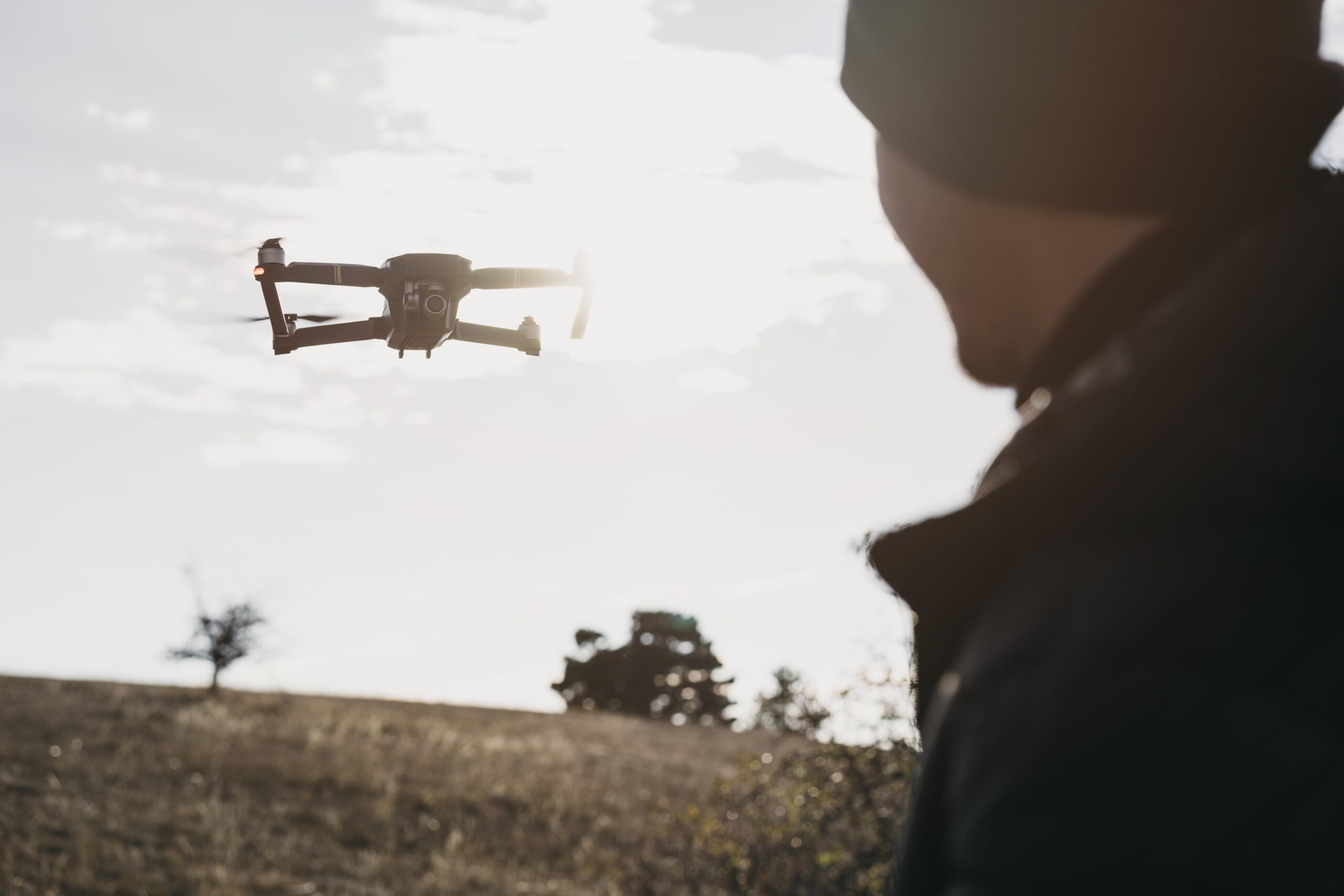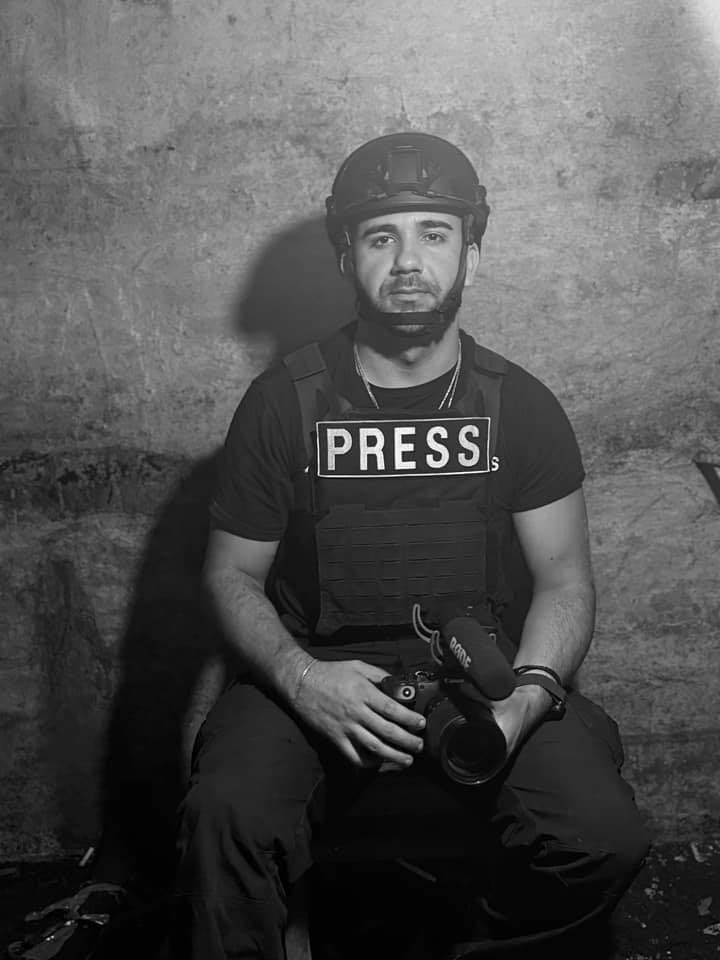Affordable Drones and Civilian Supply Chains are Transforming Warfare

The Washington Post previously reported that “cheap drones” deployed in Ukraine have fundamentally changed modern warfare, initially giving Ukrainian forces an edge on a battlefield where they are consistently outnumbered and outgunned. Drones now play a versatile and essential role in Ukraine’s defense, handling reconnaissance, directing artillery, evacuating soldiers, and executing bombing attacks. Notably, FPV (first-person view) drones are used to drop explosives or serve as single-use kamikaze drones, wreaking havoc on infantry sitting on the frontline trenches and limiting the use of heavy armor on the front.
In March 2023, Ukrainian officials revealed that the country required 20,000 artillery shells daily to sustain its ground operations, supported by around 300 Western-made artillery systems. This volume was essential for maintaining the intensity of Ukraine’s battlefield actions. However, supplies have consistently fallen short. At its peak, Ukraine managed to secure 9,000 shells per day—less than half the required amount—allowing for somewhat sustained operations. Recently, however, daily supplies have dwindled to just 2,000 shells most often.
In response to these shortages, Ukrainian units have increasingly relied on drones, especially FPVs, to strike targets when artillery fire is limited. These drones provide significant tactical advantages, offering precision strikes and reconnaissance capabilities that can disrupt enemy operations. For example, Ukraine has deployed “Dragon drones” that release thermite on Russian positions, igniting enemy cover and forcing exposure. However, as Stacie Pettyjohn pointed out in War on the Rocks, “even large numbers of small drones cannot match the potency or volume of artillery fire and thus cannot substitute for howitzers.”
Nonetheless, Ukrainian drone units are holding entire parts for the frontline like in Chasiv Yar. The Ukrainian drone unit Yasni Ochi, part of the 23rd Mechanized Brigade in the Avdiivka sector, in a six month period, the 150-strong team eliminated over 1,500 Russian soldiers, either killed or injured, while incurring minimal casualties.
Drones are also reshaping other aspects of battlefield strategy. Both Ukrainian and Russian forces now often use motorcycles instead of armored vehicles, as motorcycles generate less dust, reducing visibility to enemy drones. This agility and reduced battlefield profile have become more advantageous than the protection provided by traditional armored vehicles. Soldiers on motorcycles are less likely to be detected by aerial surveillance, enabling more nimble and covert maneuvers.
Earlier in 2024, AP News reported that Ukraine withdrew US-provided M1A1 Abrams tanks from the frontline due to their vulnerability to drone attacks. Ukrainian tank units in areas like Toretsk have shifted to primarily artillery roles to minimize exposure. However, American officials caution against overgeneralizing these lessons, noting that the flat landscapes of Eastern Ukraine are ideal for drone operations. In contrast, US forces would deploy tanks alongside air support and defense systems for added protection.
This widespread use of drones poses a substantial threat to traditional armored units. Equipped with precision-guided munitions and advanced surveillance, these UAVs can easily target and disable even sophisticated tanks. One Ukrainian FPV drone commander envisions “a future where vehicles will not be able to move within a 12-mile grey zone” due to drone dominance.
In August 2024, a Ukrainian FPV drone recorded the first confirmed downing of a helicopter during combat, striking the aircraft mid-air. Within days, Ukraine downed another Russian helicopter using FPV drones. Samuel Bendett, an expert in drones and military robotics, noted, “the rapid rise of commercial-grade drones such as the DJI Mavic, along with the unprecedented impact of thousands of FPV drones, has created a battlespace that is increasingly transparent, with numerous remote-controlled ISR assets guiding combat drones ready to pounce on any target.”
On the physical battlefield, Ukrainian civilians have also taken on a critical role in providing drones, which are essential to Ukraine’s defense strategy. Lt. Col. Pavlo Kurylenko emphasized this reliance, stating, “We’re only holding back the Russians with crowdfunded drones.” He noted that FPV (first-person view) drones, 90 percent of which are supplied by volunteers or military divisions, are a crucial element preventing Russian breakthroughs on all fronts.
Demand for drones far exceeds supply, and Ukraine has depended heavily on volunteers to manage drone supply chains since the start of the invasion. Dzyga’s Paw, a fund that has supported over 100 military units, has played a key role in delivering essential tech supplies. Former tech professionals from the fund have coordinated drone operations for Ukrainian forces, building robust tech supply chains for the military. Volunteers have also devised innovative solutions, such as using Google Meet to livestream drone footage, providing commanders with real-time battlefield intelligence.
Despite the efforts of volunteers, Ukraine still faces challenges due to limited access to Chinese-made drones. Kostyantyn Mynailenko, a commander from an aerial reconnaissance unit in the Liut Brigade, said, “The Russians have many more drones than us. They have a stable supply chain sourced directly from China, whereas we must order our Chinese drones indirectly through Europe.” This procurement gap has made Ukraine heavily reliant on volunteers to source Chinese drones for nearly two years.
Vice Admiral Oleksiy Neizhpapa, head of Ukraine’s navy, stated that after the war, Ukraine will publish a naval warfare textbook for NATO military academies, drawing on their extensive experience with naval drones. Ukraine’s approach demonstrates the importance of efficiency in modern combat. Affordable $500 drones are reshaping the frontlines, enabling precise and cost-effective strikes. Both sides now hide their expensive systems, acknowledging that advanced technology and heavy armor is extremely vulnerable in this new kind of warfare.
However, Ukraine faces continued challenges from low-cost drones like the Iranian-supplied Shahed drones, which help overwhelm air defenses. These drones, priced as low as $20,000 according to The New York Times, are small, fly at low altitudes, and are challenging to detect and intercept. Often deployed in swarms, Shahed drones can overwhelm air defense systems, forcing Ukraine to use costly missiles to neutralize much cheaper threats. This has led to a unique battlefield environment where even affordable technology can impact high-cost defenses, redefining the economics of warfare.







